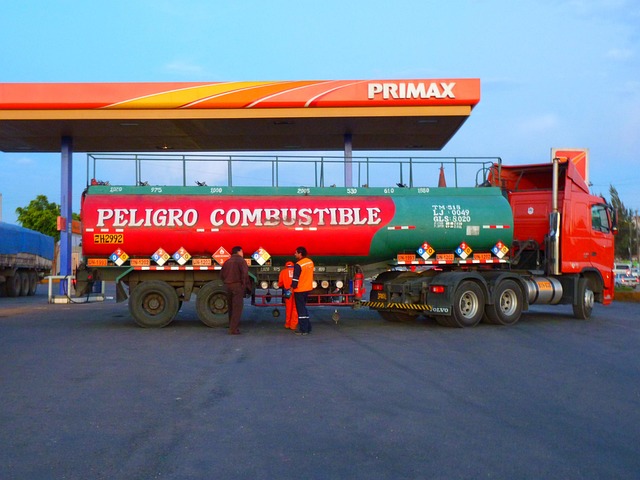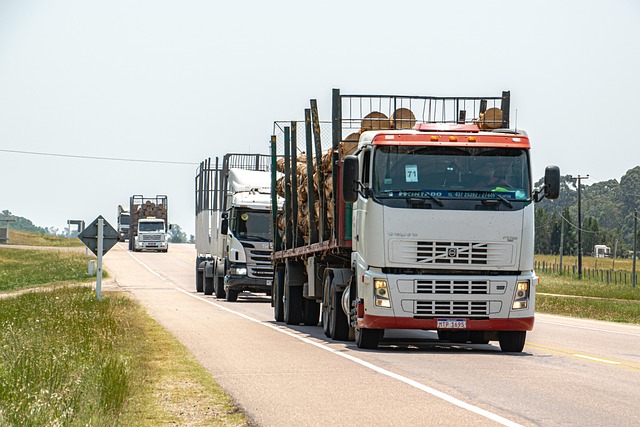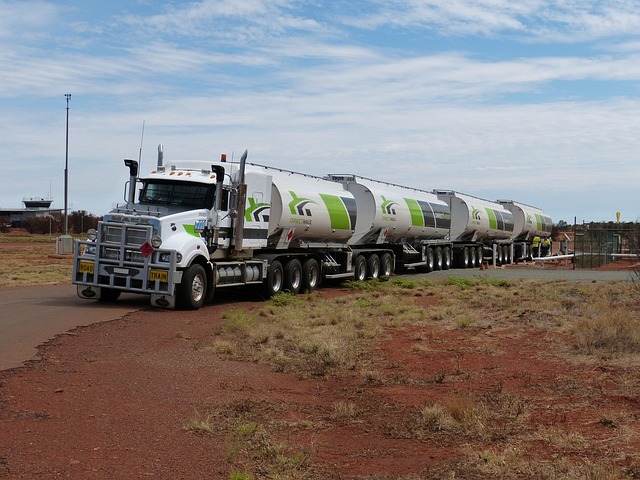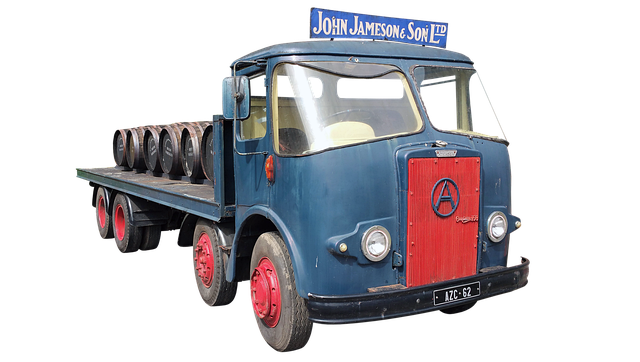Looking to register your car in California? This comprehensive guide walks you through every step, from understanding key requirements to finalization. Discover what documents you need, how to navigat…….
Category: Engine Rebuilds
Engine Rebuilds: Revolutionizing Industrial Landscapes
Introduction
Welcome to an in-depth exploration of a transformative process that plays a pivotal role in various industries—Engine Rebuilds. This comprehensive guide aims to unravel the intricate world of engine overhauls, highlighting their significance, global impact, and the innovations shaping this dynamic field. By delving into each aspect, we will provide readers with a holistic understanding of Engine Rebuilds, their economic implications, technological leaps, regulatory framework, and their role in addressing challenges and fostering growth.
Understanding Engine Rebuilds: Unveiling the Basics
Definition: Engine Rebuilds, or engine overhauls, refer to the comprehensive restoration and renovation process of internal combustion engines. This involves dismantling a worn-out or damaged engine, meticulously inspecting and replacing worn components, and reassembling it to meet or exceed original specifications.
Core Components:
- Engine Disassembly: The initial step includes carefully disassembling the engine to access all components. Skilled technicians employ specialized tools to ensure precision during this process.
- Component Inspection: Every part is meticulously examined for wear, damage, or defect. Advanced diagnostic tools aid in identifying areas requiring replacement.
- Part Replacement: Worn bearings, valves, pistons, rings, and gaskets are replaced with new or refurbished ones that meet strict quality standards.
- Reassembly: After selection of the renewed components, skilled mechanics reassemble the engine, ensuring proper alignment and torque specifications.
- Testing and Calibration: Once rebuilt, the engine undergoes rigorous testing to verify its performance, efficiency, and reliability.
Historical Context: Engine rebuilding has roots in the early 20th century when automobiles and industrial machinery became integral parts of daily life. As engines aged or suffered damage, rebuilds emerged as a cost-effective alternative to replacements, extending the lifespan of these critical components. Over time, technological advancements have refined the process, making it more precise, efficient, and environmentally friendly.
Significance: Engine Rebuilds are significant for several reasons:
- Cost-Effectiveness: It offers a substantial financial advantage over complete engine replacements, especially for vintage or specialized engines.
- Environmental Impact: By extending the life of existing engines, it reduces demand for new manufacturing, minimizing waste and environmental strain.
- Skill Preservation: This process relies on highly skilled technicians, preserving valuable knowledge and craftsmanship.
- Customization: Rebuilds allow for customization, enabling engineers to tailor engines to specific performance or efficiency requirements.
Global Impact and Trends
Engine Rebuilds have a profound global reach, with varied adoption rates and trends across regions:
| Region | Market Adoption & Trends | Key Factors Influencing Growth |
|---|---|---|
| North America | High market penetration, particularly in the automotive sector. Advanced technologies drive precision rebuilding. | Strong focus on quality and performance ensures high demand for specialized services. |
| Western Europe | Significant growth, with a growing preference for eco-friendly rebuilds to meet stringent emission standards. | Stringent environmental regulations have prompted industries to adopt more sustainable practices. |
| Asia Pacific | Rapidly expanding market driven by automotive and industrial engine needs. Cost-effective solutions are in high demand. | Rising manufacturing output and urbanization drive the need for efficient, affordable engine rebuilding services. |
| Middle East & Africa | Growing awareness and investment in advanced technologies to meet regional industry demands. | Oil-rich countries invest in refining their energy infrastructure, leading to increased interest in engine rebuilding capabilities. |
Regional Differences:
- North America and Western Europe: These regions prioritize quality and environmental compliance, leading to advanced rebuild techniques and stringent standards.
- Asia Pacific: Driven by manufacturing growth, there is a focus on cost-effectiveness and rapid turnaround times.
- Middle East & Africa: With growing industrialization, these regions invest in modernizing their engine rebuilding capabilities.
Economic Considerations: Market Dynamics and Impact
The Engine Rebuilds market exhibits unique characteristics and has a significant economic impact:
- Market Size: The global engine rebuilding market was valued at USD 34.5 billion in 2021 and is projected to grow at a CAGR of 7.5% from 2022 to 2030 (Source: Fortune Business Insights). This growth is attributed to the increasing demand for cost-effective and efficient engine solutions.
- Investment Patterns: Major investments are directed towards research and development, advanced machinery, and skilled workforce training. Companies like BorgWarner, Continental, and Bosch have been at the forefront of technological advancements in this sector.
- Economic Benefits:
- Cost Savings: Rebuilds offer substantial cost savings for businesses and consumers, especially in industries with high engine turnover, such as trucking and construction.
- Extended Equipment Lifespan: By extending engine life, it reduces capital expenditure on new equipment.
- Job Creation: The industry supports a skilled workforce, contributing to local economies.
- Supply Chain Impact: Engine rebuilding companies collaborate with original equipment manufacturers (OEMs) and parts suppliers, fostering complex supply chains.
Technological Advancements: Revolutionizing the Process
Technological innovations have significantly transformed Engine Rebuilds:
- Computerized Diagnostic Tools: Advanced diagnostic systems enable faster and more accurate component identification, improving efficiency.
- Automated Machine Tools: Automation in disassembly and assembly processes reduces human error and increases productivity.
- 3D Printing and Additive Manufacturing: These technologies allow for the creation of customized parts, enabling engineers to address unique challenges.
- Real-Time Data Analysis: Sensors and IoT devices capture engine performance data during rebuilding, providing valuable insights for optimization.
- Virtual Reality (VR) Training: VR simulations enhance technician training, allowing them to gain practical experience in a safe environment.
Future Potential:
- Artificial Intelligence (AI): AI algorithms can analyze vast amounts of engine data to predict maintenance needs and optimize rebuilding processes.
- Robotic Process Automation: Robotic systems could handle repetitive tasks, further improving efficiency and consistency.
- Sustainable Materials: Research into eco-friendly materials and lubricants will contribute to more environmentally friendly rebuilds.
Policy and Regulation: Governance and Compliance
The Engine Rebuilds industry is subject to various policies and regulations that ensure quality, safety, and environmental protection:
- Emission Standards: Many countries have stringent emission norms, encouraging the use of rebuilt engines with improved efficiency.
- Product Safety: Regulations mandate rigorous testing and quality control procedures to ensure safe engine operation.
- Waste Management: Proper disposal and recycling of engine components are governed by environmental policies.
- Export Controls: International trade regulations may apply, especially for specialized or advanced technologies related to engine rebuilding.
- Labor Laws: These govern the rights and safety of workers in rebuilding facilities.
International Cooperation: Organizations like ISO (International Organization for Standardization) develop standards for engine rebuilding processes and quality assurance, facilitating global trade.
Challenges and Criticisms: Overcoming Barriers
Despite its numerous benefits, Engine Rebuilds faces several challenges and criticisms:
- Skill Shortage: The industry relies on highly skilled technicians, but finding and retaining them is a significant challenge. Training programs and apprenticeships are essential to address this issue.
- Initial Costs: High upfront costs for advanced rebuilding equipment can deter small businesses and workshops from entering the market. Government incentives and grants can help overcome this hurdle.
- Environmental Concerns: While rebuilds reduce waste, the use of certain materials and cooling fluids raises environmental questions. Industry efforts to adopt eco-friendly alternatives are crucial.
- Counterfeit Parts: The availability of low-quality, counterfeit engine parts undermines the integrity of rebuilding processes. Stringent quality control measures and supplier oversight are necessary.
Strategies for Improvement:
- Education and Training: Investing in educational programs to attract and train a skilled workforce is vital.
- Government Support: Incentives, subsidies, and favorable regulations can encourage businesses to adopt modern rebuilding technologies.
- Industry Collaboration: Sharing best practices and research outcomes fosters innovation and addresses environmental concerns.
- Part Authentication: Implementing robust systems for part authentication and traceability ensures the use of genuine components.
Case Studies: Real-World Success Stories
1. Truck Engine Rebuilding in North America
A leading trucking company partnered with a specialized engine rebuilding facility to overhaul its aging fleet’s engines. The project involved:
- Disassembly and inspection of over 500 engines.
- Replacement of critical components, including pistons, rings, and valves.
- Reassembly and testing using advanced machinery.
- Implementation of a data-driven approach to monitor engine performance post-rebuild.
Outcomes:
- Cost Savings: The company reduced its engine replacement costs by 30% over three years.
- Engine Lifespan: Rebuilt engines demonstrated an average increase in lifespan of 25%, leading to fewer breakdowns and improved fleet efficiency.
- Environmental Impact: Reduced emissions and fuel consumption contributed to the company’s sustainability goals.
2. Vintage Car Restoration in Europe
A European restoration shop specialized in reviving vintage cars, focusing on engine rebuilding as a core competency. Their approach:
- Customized rebuilding based on historical accuracy and client preferences.
- Use of original or reproduction parts to ensure authenticity.
- Collaboration with car enthusiasts and collectors for consultation.
Success Factors:
- Client Satisfaction: The shop built a reputation for delivering high-quality, reliable engines that met customer expectations.
- Word-of-Mouth Marketing: Satisfied clients became brand ambassadors, attracting new business through referrals.
- Specialized Knowledge: Their team’s deep understanding of vintage engines enabled them to address rare and complex issues.
Future Prospects: Emerging Trends and Growth Areas
The Engine Rebuilds industry is poised for significant growth and innovation:
- Electric Vehicle (EV) Integration: As EV technology advances, rebuilding companies will play a crucial role in extending the lifespan of EV components, especially batteries and motors.
- Smart Engine Technology: The integration of IoT and AI in engines will generate valuable data for predictive maintenance, enhancing the scope for rebuilds.
- Global Market Expansion: Emerging economies with growing industrial sectors will drive demand for cost-effective rebuilding solutions.
- Sustainable Practices: There will be a continued focus on eco-friendly technologies and processes to reduce the environmental footprint of engine rebuilding.
Conclusion: Shaping the Future of Industrial Innovation
Engine Rebuilds represent a dynamic and essential aspect of modern industry, offering a sustainable and cost-effective alternative to complete engine replacements. This article has explored various facets of this intricate process, from its historical roots to cutting-edge technologies. By addressing economic considerations, policy frameworks, and challenges, we have highlighted the industry’s potential for growth and innovation.
As technology advances and global demand evolves, Engine Rebuilds will continue to play a pivotal role in shaping industrial landscapes, ensuring efficiency, sustainability, and cost-effectiveness across sectors. The future of this field promises exciting possibilities, with advancements in automation, AI, and sustainable practices poised to revolutionize the way we approach engine rebuilding.
FAQ Section: Answering Common Queries
Q1: Are Engine Rebuilds more reliable than buying a new engine?
A: Yes, when done correctly by experienced professionals, rebuilt engines can be just as reliable if not more so than new ones. They offer the advantage of precision engineering and the potential for customization to meet specific performance requirements.
Q2: How do I know if my engine needs rebuilding or replacement?
A: Regular maintenance checks and diagnostics are crucial. Signs may include decreased engine performance, increased fuel consumption, unusual noises, or frequent breakdowns. A comprehensive inspection by a qualified technician can determine the best course of action.
Q3: Can Engine Rebuilds help reduce environmental impact?
A: Absolutely. By extending engine life and reducing the need for new manufacturing, rebuilds minimize waste and energy consumption associated with engine production. Additionally, the use of sustainable materials and practices further contributes to environmental conservation.
Q4: What are some common misconceptions about Engine Rebuilds?
A: One misconception is that rebuilt engines are inferior or unreliable. In reality, when done professionally, they can outperform new engines. Another is that rebuilding is only for vintage engines; modern engines also benefit from this process, especially in industries with high operational demands.
Q5: How can I find a reputable engine rebuilding company?
A: Research is key. Check online reviews, industry certifications, and client testimonials. Reputable companies should provide detailed information about their processes, use quality parts, and offer warranty coverage for their rebuilt engines.
Register Car in California: Gather Docs, Verify VIN with DMV
Registering a car in California is a straightforward process, but understanding the requirements is key. This guide will walk you through the steps, from gathering essential documents to completing yo…….
Register Car California: VIN Verifier for Smooth Process
Looking to register your car in California? This guide walks you through the process, from understanding state requirements to completing the registration. We cover everything from gathering essential…….
Register Car: Step-by-Step Guide to California DMV VIN Verification
Looking to register your car in California? This comprehensive guide walks you through the entire process, from understanding key requirements to securing your license plate. First, familiarize yourse…….
Register Car California: Step-by-Step VIN Verification Guide
Looking to register your car in California? This comprehensive guide breaks down the process step-by-step, from understanding key requirements to submitting your application. First, grasp California’s…….
Register Car California: Step-by-Step with VIN Verifier
Learn how to register your car in California with our step-by-step guide. This process involves understanding key requirements, gathering essential documents, and ensuring your vehicle’s VIN is accura…….
Register Your Car: Step-by-Step California DMV VIN Verification
Looking to register your car in California? This comprehensive guide breaks down the process step-by-step. First, understand the eligibility criteria for car registration in the Golden State. Next, ga…….
Register Car California: Step-by-Step Guide to DMV VIN Verification
Looking to register your car in California? This comprehensive guide walks you through every step, from understanding eligibility requirements to completing the DMV VIN verification process. We’ll als…….
Register Car California: Step-by-Step Guide to DMV VIN Verification
Looking to register your car in California? This comprehensive guide walks you through the entire process, from understanding crucial requirements to completing DMV procedures. First, grasp the need f…….
Register Car: Step-by-Step Guide to DMV Vin Verification
Looking to register your car in California? This comprehensive guide breaks down the process step-by-step. First, understand the state’s unique car registration requirements and essential documents ne…….









